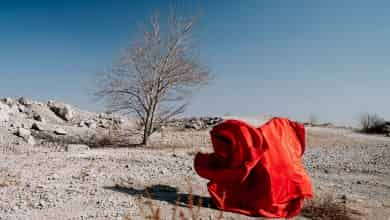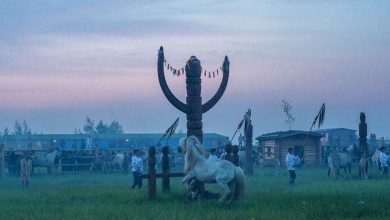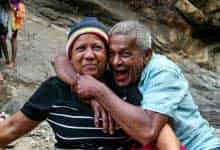
Religions, like chameleons, are colored by the color of the soil on which they live.
That’s what Anatole France said.
I fully agree with this opinion. Traveling, I have often been convinced of this. In many places in Russia, there is a completely different atmosphere, because there is a different religion, other unspoken rules. You even breathe differently there, as if you have entered a completely different world. One of these interesting places is the Republic of Kalmykia. It is located in the South-East of the European part of Russia. This is the only region in Europe where the traditional Tibetan form of Buddhism is spread. That’s what attracted me to go there. As soon as we arrived in the capital of Kalmykia, Elista, I had the feeling that I left Russia somewhere in Asia. Elista is not like the typical Russian cities that I am used to seeing. I felt like a tourist here. I felt like a stranger from the first to the last minutes of being on this Buddhist land. Either because I have a different religion, or you need to really live here for a certain time to become “your own”.

Each nation has its own main temple. If for Russian people-this is the temple of Christ the Saviour, which is located in Moscow, then for Kalmyks – this is a Buddhist temple, or as it is called, Hurul, in the capital of the Republic – Elista. It is called the Golden Abode of Shakyamuni Buddha. That’s why I came here. This temple was opened not so long ago. I would even say that recently. In a solemn ceremony on December 27, 2005. Its opening was timed to celebrate the national holiday of lamps (Zul), as well as a memorable date for all Kalmyks – the anniversary of the 1943 deportation. Hurul is the largest Buddhist temple in Europe. Its height is 63 m. Inside is the largest Buddha statue in Europe. The height of the statue is 9 meters. After many years of prohibitions and persecution, Buddhist teachers began to come to Kalmykia, and in recent years a lot has been done for the revival and development of Buddhism in Kalmykia. Now Kalmykia has acquired a special Eastern and Buddhist flavor.


















